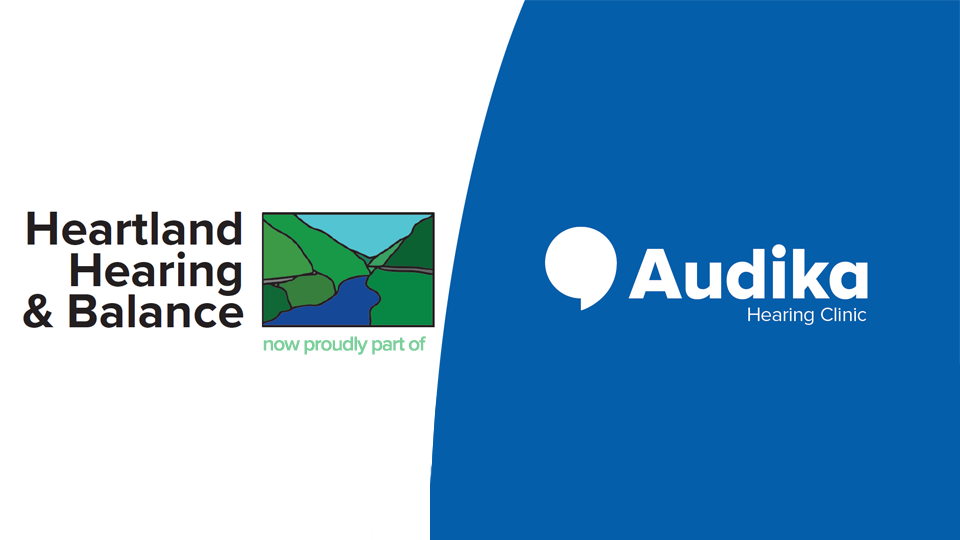Ear wax is natural, and our bodies create it for a good reason. However, some people experience excess ear wax production, which can lead to ear wax blockage and possible temporary hearing loss.
Find out why our ears create wax, and the correct methods for ear wax removal and the prevention of ear wax blockage.
Why wax?
There is an actual benefit to ear wax. Ear wax, medically referred to as cerumen, is naturally produced by glands in the outer part of our ear canal.
Its purpose is to repel water and trap dust and other particles before they reach our eardrum. Ear wax also has many anti-microbial properties that prevent infection. This reduces the chance of infection, and if we have too little, our ears can get dry and itchy.
Typically, we produce just enough ear wax to serve its purpose. There are a few reasons people may produce an excess amount of ear wax. Working in a dusty environment, genetics, and narrow ear canals can all lead to excess wax. Normally, wax will dry up and get pushed out of the ear canal, expelling any debris the wax may have trapped.
When wax won’t wane
Some people naturally produce an excessive amount of wax. This can create a build-up and possible ear wax blockage in the ear canal, which may lead to problems such as pain, an infection or tinnitus. Other reasons for ear wax build up could be from hearing aid use or irregularly shaped ear canals, which can prevent ear wax from falling out naturally.
If you think you have an ear wax blockage or are experiencing symptoms, get your ears checked by a doctor as soon as possible. They will professionally assess the situation and suggest the best treatment option, such as irrigation.
Never attempt to irrigate your ears without the right tools and products. Your eardrum is extremely delicate and can be damaged with improper techniques. Your local hearing care professional is trained to assist you with proper hearing health maintenance.
You may see commercially available products for sale at your local pharmacy. However, medical professionals urge caution when using any over-the-counter product without appropriate professional advice. You should never use a health product without consulting a medical professional first.
Symptoms of ear wax blockage
Wax build up rarely leads to concern, unless it is fully blocking the canal. In these cases, symptoms can include:
- Mild hearing loss
- Ringing in the ears (tinnitus)
- Mild aching sensations
- Feeling like your ears are full or blocked
These are generally temporary and easily treated.
It’s important to establish good hygiene habits when dealing with the delicate ear canal. Many people use cotton buds, hair pins or other items to remove ear wax. These methods actually push wax deeper into your ear canal, causing possible damage.
Keep foreign objects out of your ear canal. Rather, get professional advice and use products designed specifically for ear wax removal, such as a wax-softening liquid.
Your doctor can assess the condition and advise if you need:
- Wax dissolving drops to soften the earwax which should help it to fall out on its own
- Removal using curette system, suction or ear toileting using a syringe
- In rare cases you may need to get a referral to an Ear, Nose and Throat Specialist if you have large quantities of hardened wax
Over-cleaning may dry out your ears and remove the protective barrier that stops dust and debris from entering your ear canal, which could lead to infection.
If you ignore a build-up of ear wax, it may impact your hearing. Always consult a doctor or hearing care professional if you notice a change in your hearing.
If you need assistance with your hearing health, please call us on 0800 569 152 or Live Chat with an Audika Customer Service Representative, available weekdays from 9am - 5pm (AEDST).





